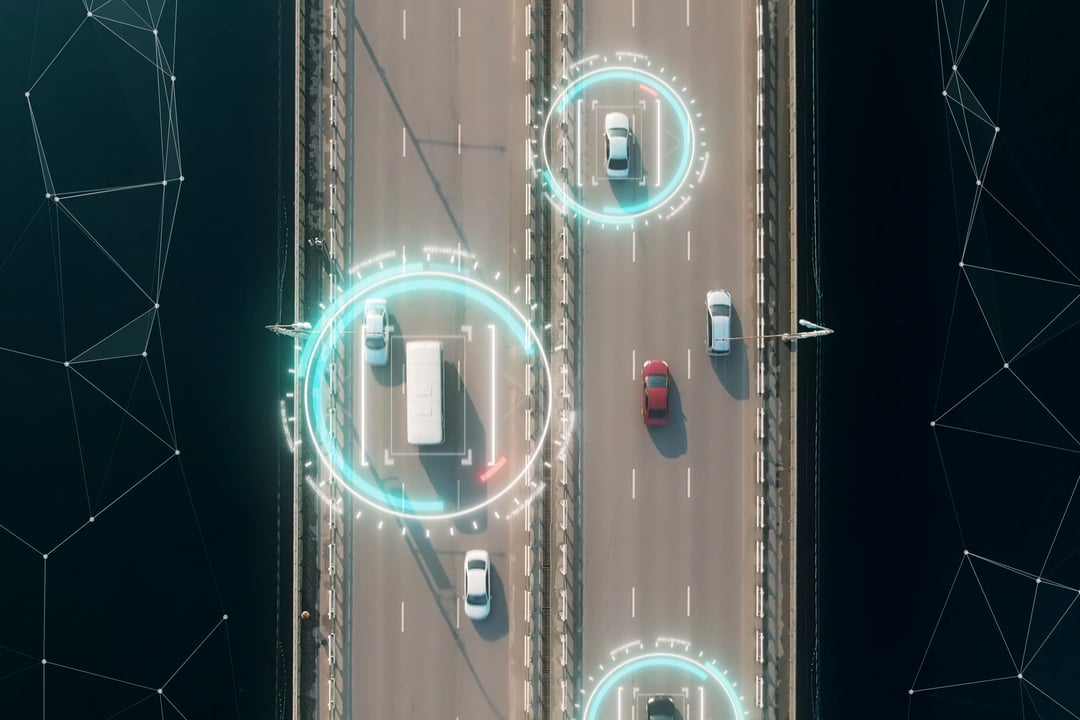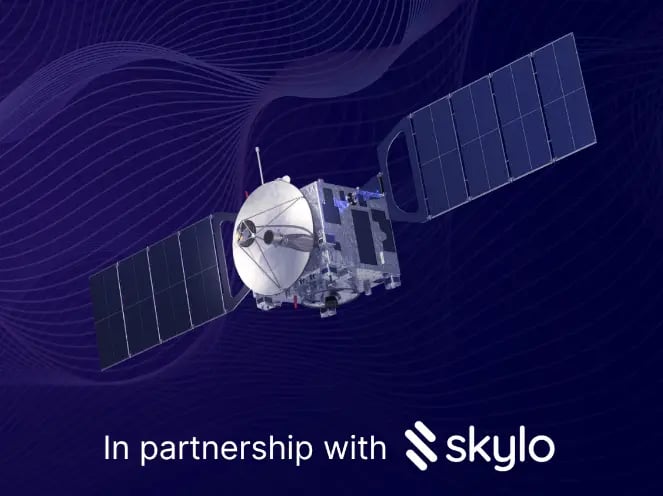Sirio manufactures and commercializes security and telemetry systems for the automotive industry. Proactive SIM management capabilities and competitive pricing are what we looked for in a reliable partner.
Solution deployed in 20+ countries.
We have been focusing our business on tracking for school buses. emnify's reliable and cost-efficient data access across countries is a key ingredient to our solution being scalable internationally. Getting started was smooth and fast, without complicated contractual terms. emnify’s scalable platform and powerful API helped us keep pace with our growth.
Solution deployed in 9 countries.
At LOHR we specialize in good transport systems on rails, trucks but we also enter the shared mobility sector. With emnify IoT SIMs and the powerful platform, we ensure our good carriers are always trackable, updated, and provide relevant diagnostic information. The emnify platform is transparent when showing data consumption in real-time and allows us to manage SIMs easily. Having European and worldwide coverage with one single SIM is a huge advantage and customer service is great at ensuring everything works perfectly.
Solution deployed in 16 European countries.
We provide advanced GPS and telemetry tracking systems in the Caribbean which is a challenging region due to unstable cellular connectivity by operators. Thanks to multi-network carrier coverage by emnify we can provide a stable and resilient service to our customers. Their platform for managing SIM cards is robust, allowing us to configure various facets of emnify's services. The data pooling allows us to balance data between devices that consume more or less data based on the driver behavior.
Solution deployed in 3 Caribbean islands.
With emnify we can transmit our GPS data to our web platform in every country and rapidly deploy M2M solutions internationally. emnify's platform also allows precise control and monitoring of our SIM card fleet. I recommend emnify as it's a comprehensive and professional solution, with very reactive technical support and proactive sales team.
Solution deployed in 16 European countries.
Motorsport is our passion. We provide GPS tracking and timing for motorsports events with extensive car diagnostic data transmitted from each race car. emnify is our single supplier of multi-roaming data SIM cards that work where the race is happening. We appreciate the excellent flexibility in managing SIMs via an intuitive UI and fair pricing policy, allowing us to pause the SIM contract and to optimize costs as our business fluctuates seasonally.




.png?height=480&name=Landing%20page%20graphic%20(4).png)

/Customer-Partner%20Logos/air-logo.jpg?width=580&name=air-logo.jpg)





